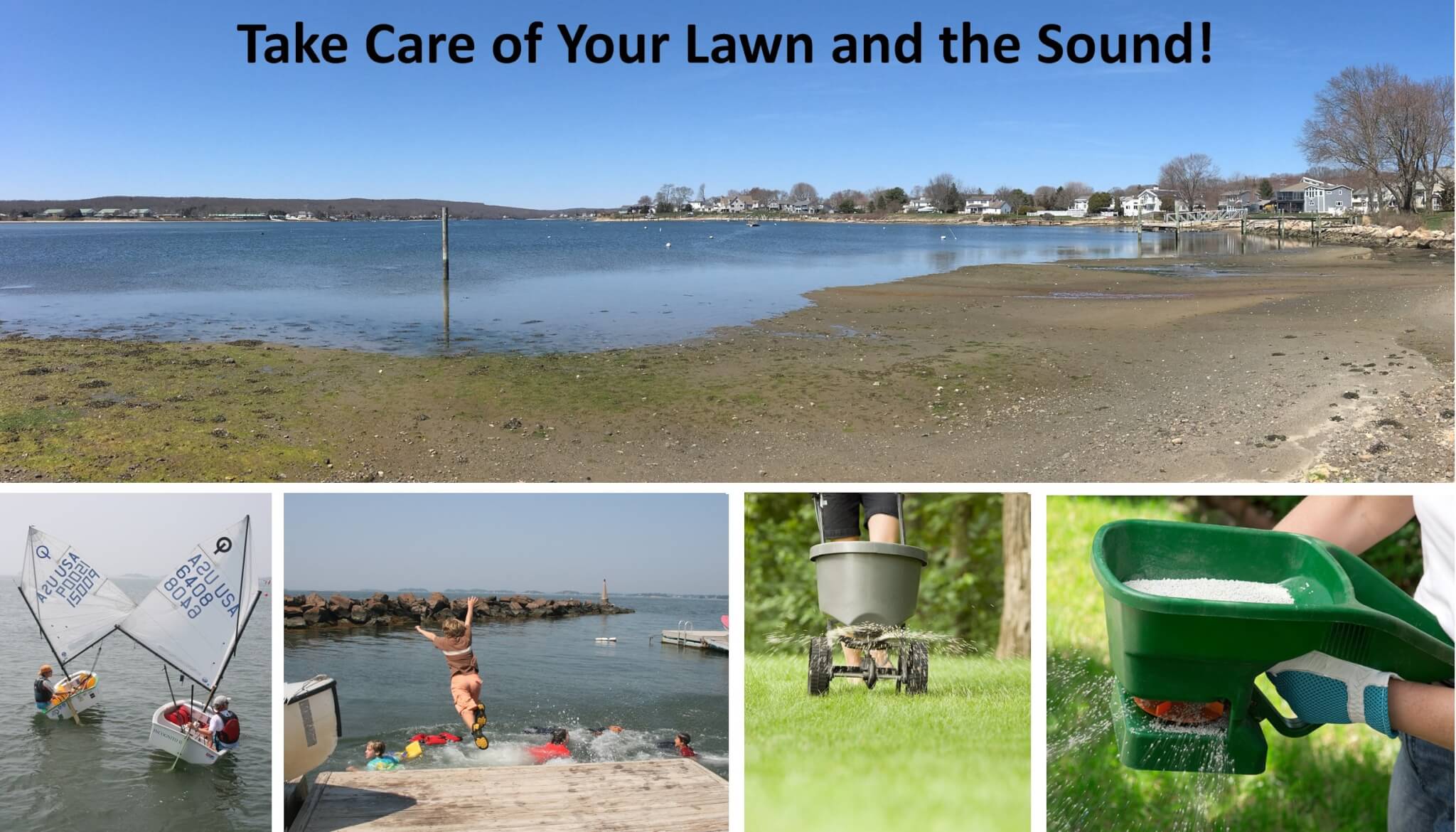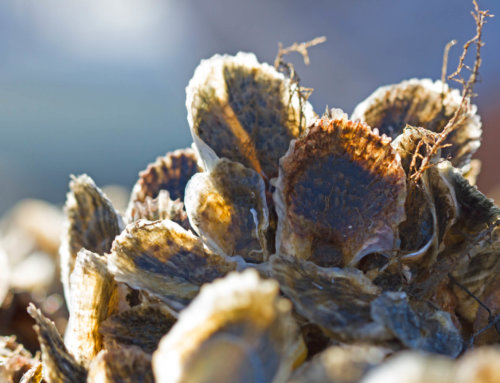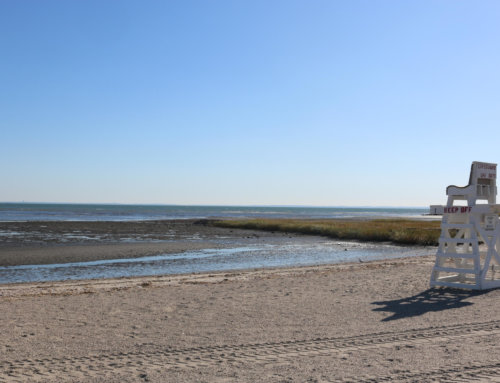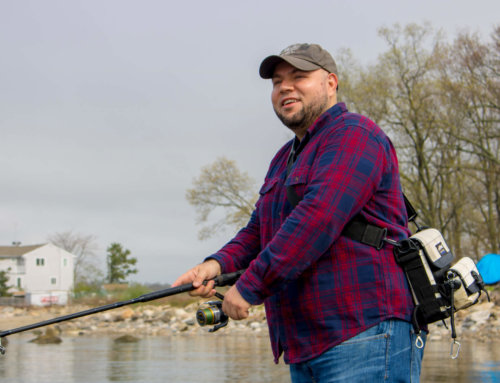Take Care of Your Lawn and the Sound!
Coastal Connecticut voters know that fertilizers and pesticides impact water quality, but what steps can they take to protect clean water and care for their lawns?
This Memorial Day weekend, you might be making your way to the shore to swim, boat and fish. Chances are, lawn care isn’t the first thing on your mind, but the actions you take in your yard can make or break your fun in the water.
Studies show nitrogen-rich fertilizer from residential lawns can cause serious impacts in Connecticut’s coastal harbors and bays. Using too much fertilizer or applying at the wrong time can cause this nutrient-rich pollution to end up in streams and rivers and eventually Long Island Sound. Here, this nutrient pollution fuels blooms of algae can reduce water clarity or cause rampant growth of seaweed that interrupts swimming, kayaking and paddle boarding. They can also be harmful to humans and animal health, resulting in beach and shellfish closures.
In 2017, The Nature Conservancy conducted public perception research in southeastern Connecticut to better understand coastal residents’ beliefs about the causes of water pollution and their willingness to take actions to address the problem. More than half of respondents we interviewed identified fertilizers and pesticides as pollutants that threaten water quality. Also, only about one-third of homeowners reported using fertilizer on their lawns, and of those, 65% stated they apply fertilizer one or two times per year.
The great news is, over 75% of respondents in our study indicated they are willing to reduce the amount fertilizers and pesticides they use. So how can people do that? The Niantic River Watershed Committee, New England Interstate Water Pollution Control and the Conservancy teamed up with turf scientists at the University of Connecticut (UCONN) to identify three actions homeowners can take for a healthy lawn and a healthy river.
The first action is to leave grass clippings on your lawn. Clippings decompose rapidly, returning nutrients to the grass, maintaining moisture and reducing yard waste. Turf scientists have found that after a few years of leaving clippings behind, you can reduce the amount of fertilizer you use!
The second action is to use less fertilizer – or none at all. Many people choose not to apply fertilizer but you can test your soil to see what nutrients your lawn needs. If you fertilize, try using one-half to one-third the amount recommended on the fertilizer bag. After two weeks, if you like the way your lawn looks, use that amount. If it’s not quite right, try applying a little more until you like the results. Think of the recommendation on the bag as a “super-size” meal – not every lawn requires so much food.
The third action, is to fertilize at the right time. If you apply fertilizer once a year, turf scientists suggest the fall around Labor Day or the spring around Memorial Day. If your lawn needs fertilizer twice a year, try to stick to those dates when grass is most able to absorb nutrients for a healthy green lawn. Applying fertilizer during the dormant and semi-dormant seasons – late fall through early spring and during the hot summer months – is a waste of money because grass can’t use the nutrients. Also, it’s important to avoid applying fertilizer before a heavy rain. You can learn more about the Niantic River Watershed’s project by visiting healthylawnshealthyriver.net.
You can also check out the Long Island Sound Study’s “Sound Friendly” gardening practices and tips for a healthy yard, like finding ways to reduce the area of lawn you need to fertilize and irrigate. Finally, if you hire a landscaping service, be sure to request that they not use toxic chemicals on your property, and if fertilizer is necessary, ask them to use low nitrogen, slow-release fertilizers. Otherwise, fast-acting fertilizers are easily washed into streams and rivers and eventually wind up fueling algal growth in the bays and coastal waters of Long Island Sound.
By taking a few simple actions, you can help keep nitrogen rich fertilizers out of Long Island Sound and protect your family, pets and wildlife. And studies show, people who try one action are more likely to try another. Consider spreading the word about these lawn care practices and see if a friend or neighbor will join you in trying something new.
Most people don’t realize their lawn management practices can affect others and the environment, but it is possible to enjoy a healthy lawn and healthy, clean water.
Check out our “Make Changes at Home” page for more tips on lawn care and wastewater maintenance to reduce nitrogen pollution to Long Island Sound. Also, please join our mailing list for the latest news about nutrient pollution and water quality impacts around the Sound!



